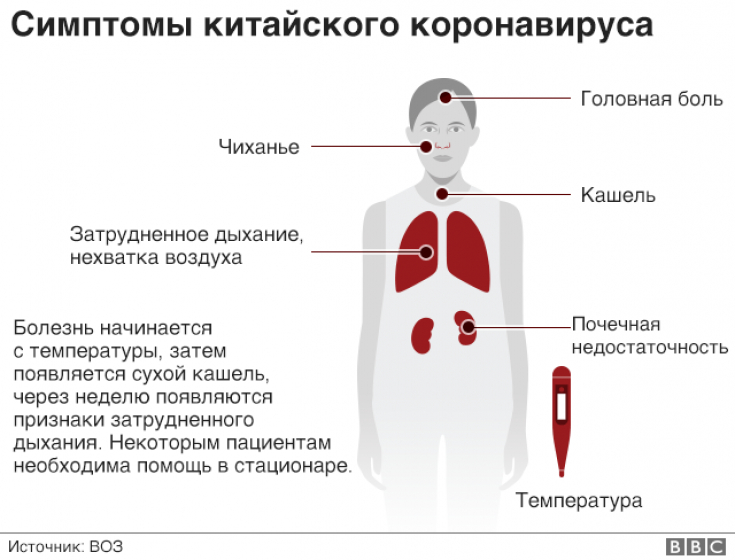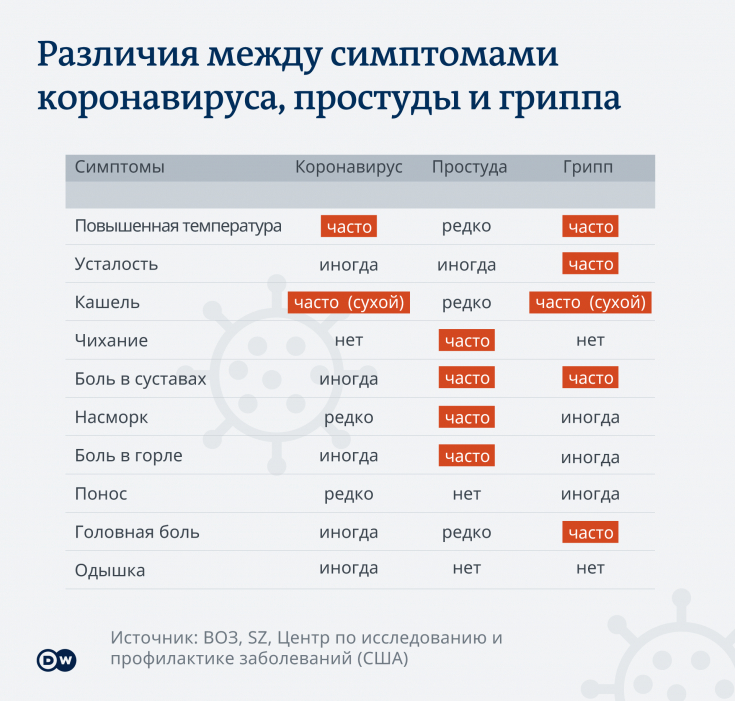The main danger of the new COVID-19 virus – an infected person spreads it unknowingly from the very beginning of the incubation period of 14 days. The patient does not have severe symptoms, feels great, but is already a distributor. The huge number of infected is due to the greater ability to spread, compared with SARS and influenza. Having successfully overcome the disease, China, based on the case histories of patients at a hospital in Wuhan, provided symptoms by day. This data will help you find out how the disease proceeds, what you need to pay attention to when you feel worse.
How to recognize coronavirus in a person symptoms by day
- Features of the course of the coronavirus – opinion of an infectious disease specialist
- Chinese scientists have discovered digestive
- signs of COVID-19 How to recognize coronavirus in a person symptoms by day From the 1st to the 4th day.
On the 5th-6th day. Most of the older infected, over 50 years old, have respiratory failure.
But it is possible for younger people as well. People with chronic diseases experience shortness of breath, difficulty breathing.On the seventh day, doctors from Wuhan report worsening breathing problems in patients admitted for treatment. A certain part of patients begins to feel the weakening of the symptoms of the virus.
Subscribe to our page on Instagram!

10-11 knocks – seriously ill patients are transported to the intensive care unit. Pain in the abdomen is added to the above symptoms.
Coronavirus in the world. Panic or danger? A French Perspective on the Pandemic
Day 12. Those who have had an infection experience a decrease in temperature and relief.
On the 17th day after being infected and hospitalized, those who have recovered are discharged.
Mean time from onset to discharge is about 22 days. Severe patients died after 18.5 days. Cough may persist after recovery, and shortness of breath resolves after 2 weeks. The fever usually subsidesby day 13.
Peculiarities of the course of the coronavirus – opinion of an infectious disease specialistSubscribe to our page on
Facebook!To understand how to recognize a coronavirus in a person by symptoms, infectious disease specialists distinguish the following features in the disease:
temperature rarely goes beyond 38 degrees, in most cases – 37.1;
- along with fever and the presence of pneumonia on the X-ray, the condition of the patients is normal, until the onset of respiratory failure;
-
- How to take antibiotics correctly

- long-term temperature 37.1-37.5 – a reason to immediately run for an x-ray;
patients often complain of dry mouth, increased desire to drink;
no nasal discharge, non-productive cough with little sputum;
15% of COVID-19 cases develop conjunctivitis and eye discomfort;
There is no rapid response to
therapeutic treatment in the disease.
- Chinese scientists have discovered digestive signs of COVID-19
Signs of respiratory infection appeared later than digestive ones. In such people, the course of the disease was accompanied by complications and was more difficult.
American scientists concluded – patients with chronic diseases of the stomach and intestines are at risk.
It is important to know how to recognize a coronavirus in a person and the symptoms of the disease by day in order to seek medical help in time. In 80% of cases, the disease resolves without complications, but about 1 in 6 cases require assistance. In people with physical illnesses, the virus infects the lungs, leading to respiratory failure.
Doctor's recommendations on how to quickly boost immunity






Add a comment